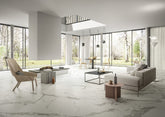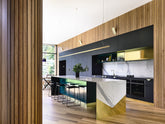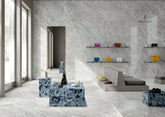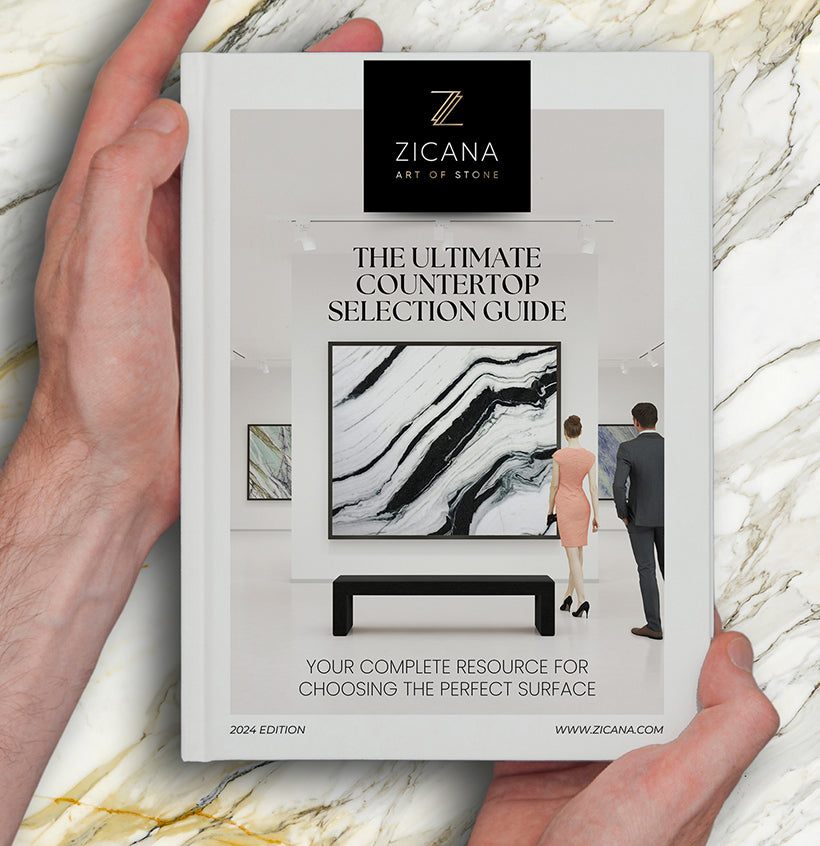Are Porcelain Slabs Better Than Sandstone for Luxury Spaces?
When it comes to crafting refined, high-end interiors, the selection of surface materials plays a pivotal role in defining the mood, functionality, and appeal of your space. The question posed by many discerning homeowners and design professionals alike—are porcelain slabs better than sandstone—is a valid one, especially when designing kitchens, bathrooms, flooring, or walls with enduring style and performance in mind.
At Zicana Boutique, the destination for world-class stone, porcelain, and engineered surfaces, we specialize in helping clients discover materials that offer both aesthetic distinction and long-term value. Let's take a comprehensive look at both porcelain and sandstone to determine which reigns supreme for luxury spaces.
Understanding Porcelain Slabs: Engineered Elegance at Its Finest
Porcelain slabs have become a prominent choice in modern luxury design due to their technological innovation, sleek appearance, and outstanding durability. Composed from refined clays and minerals fired at extremely high temperatures, porcelain offers a dense, non-porous, and stain-resistant surface suitable for nearly any contact surface.
What sets porcelain apart is the way it emulates natural stone, marble, wood, or concrete aesthetics—without the maintenance demands. Plus, with large-format sizes and ultra-slim profiles available in our Porcelain Slabs Collection, seamless installations become not only feasible but breathtakingly beautiful.
Sandstone: Organic Warmth With Rustic Charm
Sandstone is a sedimentary rock formed by the compaction of grains over centuries. Its rich beige, gold, and earth-toned colorations bring undeniable warmth and character to both interior and exterior settings. Sandstone is especially beloved in rustic, Mediterranean, and Southwestern-style homes for its matte textures and naturally uneven appearances.
However, sandstone’s porous composition presents challenges. It requires frequent sealing and is more prone to staining, etching, and weathering when compared to modern surfaces like porcelain. For high-moisture or high-traffic areas, these drawbacks should not be ignored.
Porcelain vs. Sandstone: A Feature-by-Feature Comparison
- Durability: Porcelain is highly resistant to scratches, heat, and stains, making it ideal for busy kitchens, bathrooms, and flooring. Sandstone, while strong, is more susceptible to wear without consistent sealing.
- Maintenance: Porcelain requires virtually no upkeep beyond standard cleaning. In contrast, sandstone needs periodic sealing to prevent moisture absorption and staining.
- Water Resistance: Porcelain’s non-porous surface excels in wet areas, whereas sandstone is vulnerable to water and can deteriorate in damp environments.
- Aesthetic Range: Porcelain slabs come in ultra-modern, marble-look, or rustic designs with minimal uniformity issues. Sandstone’s charm lies in its natural variation but is limited in color range and symmetry.
- Versatility: Porcelain can be used outdoors, on walls, floors, countertops, and even furniture. With its relatively lower density, sandstone is better reserved for decorative or lightly-used installations.
Designers and builders trust porcelain when the project demands longevity without compromise on elegance. For those who desire natural warmth, sandstone can certainly shine—ideally in lower-traffic, dry interior spaces.
Luxury Design Applications for Porcelain
For those creating elevated, contemporary environments, porcelain is unmatched. The refined surface is compatible with radiant heating systems, hygienic for food prep surfaces, and available in dramatic veined patterns that rival marble. Explore the Raphael Porcelain Collection to discover styles that exude old-world glamour with modern precision.
High-rise apartments, boutique hotels, spa bathrooms, and custom kitchens all benefit from porcelain’s linear veining and slab continuity. Opt for seamless floor-to-wall transitions or fabricate custom sinks and stone furniture through our Made-to-Measure Custom Countertops service for truly bespoke elegance.
Now available as part of our Exclusive Offers Collection, select porcelain slabs can be purchased with a limited-time savings using Promo Code WELCOME100 for $100 off any order over $1,000.
Sustainable and Hygienic: The Modern Appeal of Porcelain
Porcelain is a top choice for sustainable and wellness-oriented building. Unlike sandstone, which is quarried and varies by lot, porcelain is engineered with eco-conscious methods, reducing waste and environmental impact. Its inert composition makes it chemically safe and allergen free—an ideal asset in residential homes and hospitality spaces prioritizing wellness.
Additionally, for designers seeking material synergy throughout their project, porcelain pairs beautifully with natural stone options such as those found in our Marble Slabs Collection and Quartzite Slabs Collection.
Is porcelain more durable than sandstone for kitchens?
Yes. Porcelain is vastly superior for kitchen applications due to its scratch, heat, and stain resistance. Sandstone is too porous and demands constant sealing, making it less ideal for frequent use in food preparation areas.
Can sandstone ever be a good fit in luxury homes?
In selectively chosen environments—like decorative accent walls, dry-climate foyers, or relaxed outdoor garden paths—sandstone brings natural charm. However, it does not offer the same performance, hygiene, or design flexibility as porcelain in demanding luxury applications.
Are porcelain slabs safe for bathroom walls and floors?
Absolutely. Their non-porous nature makes them ideal for high-moisture areas. Many architects also prefer large-format porcelain for cladding entire bathrooms in seamless, spa-like finishes. Explore designs from our Florim Collection for inspiration.
How do porcelain slabs support luxury minimalist design?
Porcelain’s ability to mimic natural textures while eliminating grout lines creates an uninterrupted visual field—perfect for modern minimalism. Whether in muted stone looks or bold marble patterns, porcelain elevates minimal design with precision and polish.
Final Verdict: The Clear Winner for Elevated Interiors
So, are porcelain slabs better than sandstone? For most luxury interior and architectural applications, yes—resoundingly so. While sandstone has undeniable allure in select, character-driven applications, it cannot match the unmatched versatility, durability, and design adaptability of porcelain.
If you're planning a project that demands timeless elegance and peerless performance, explore the curated options available in our Porcelain Slabs Collection. For a limited time, enjoy savings as part of our Exclusive Offers Collection or Use Promo Code WELCOME100 for $100 off any order over $1,000.
Contact our expert concierge team for bespoke material guidance or begin your transformation with our wide selection of premium countertop and surface options at Zicana Boutique.



















